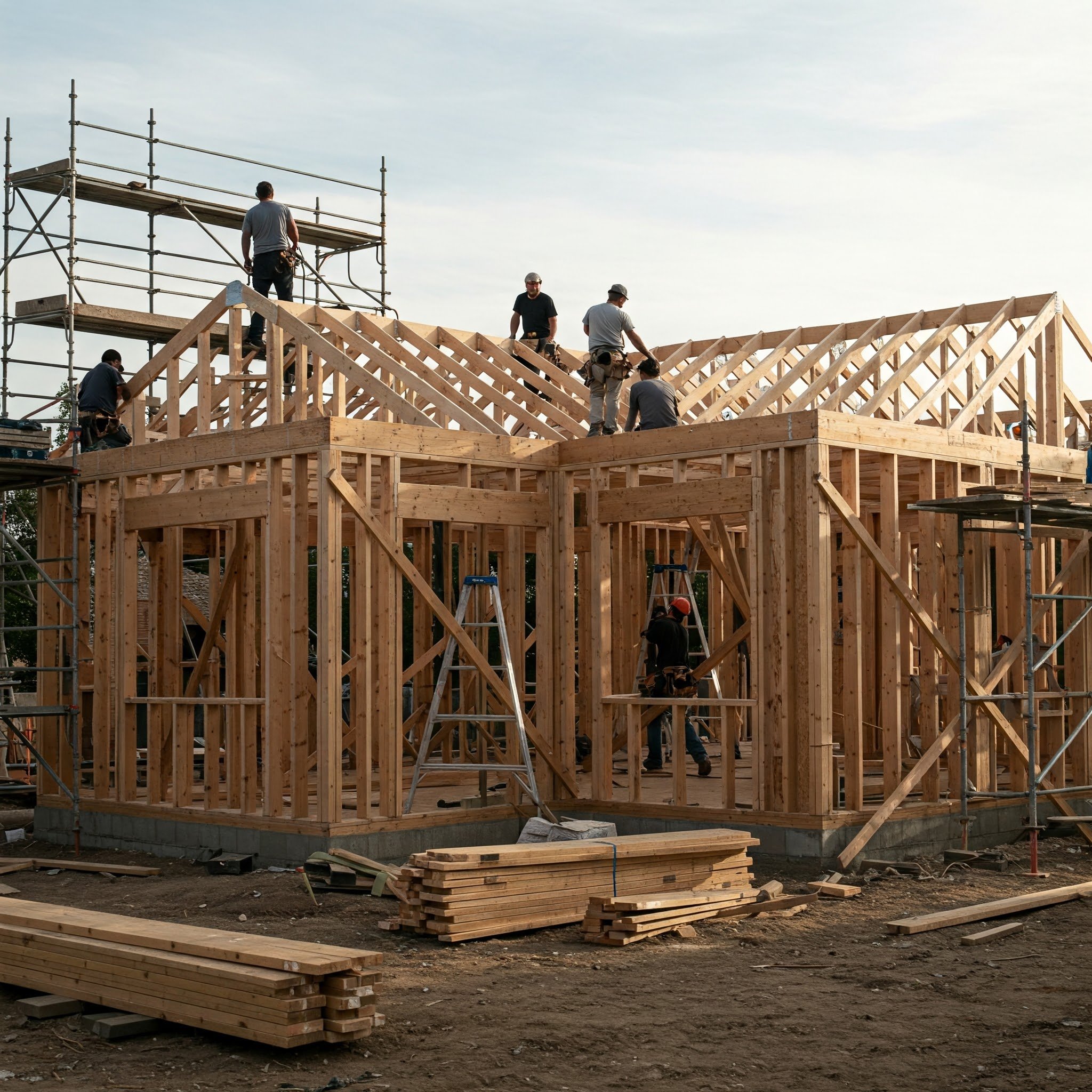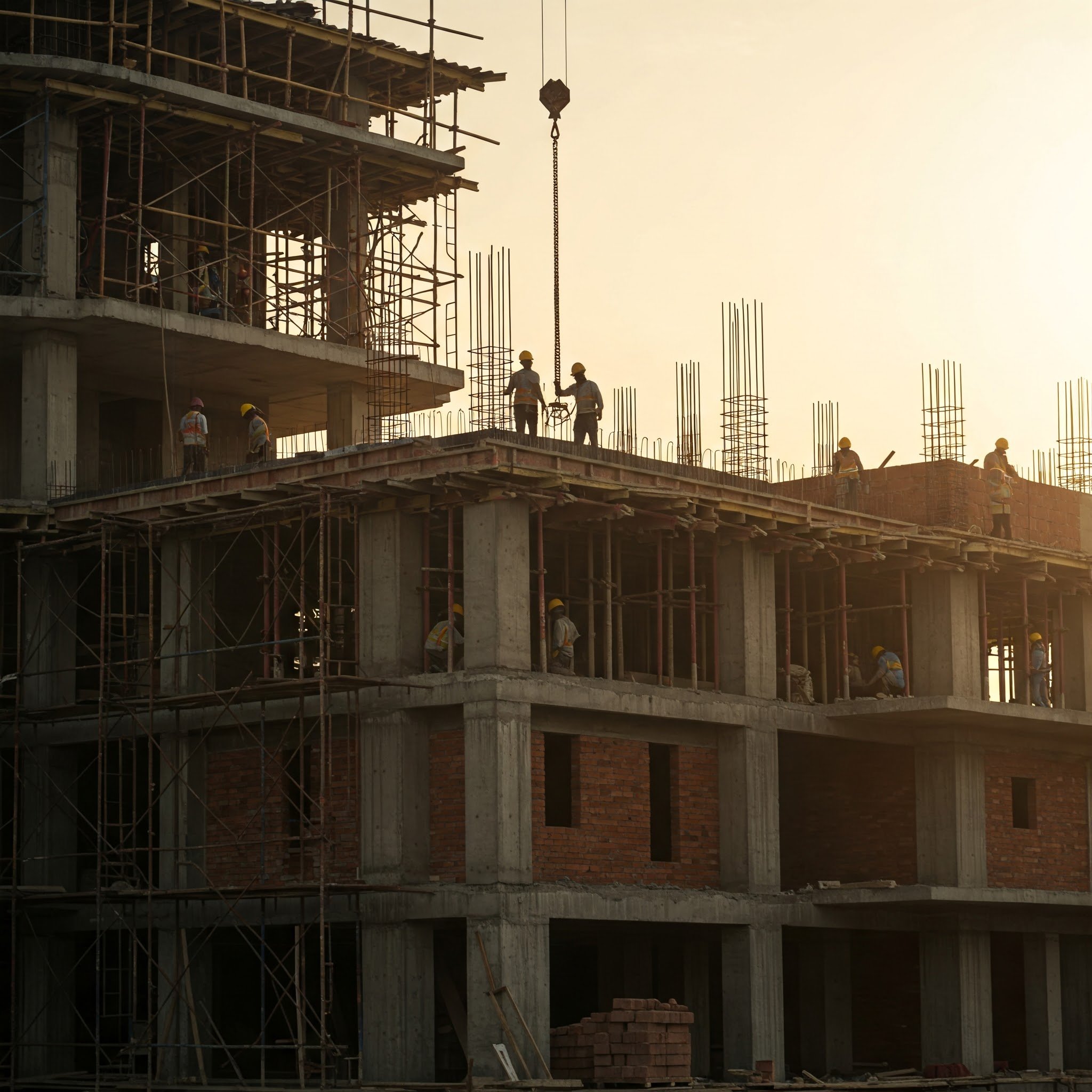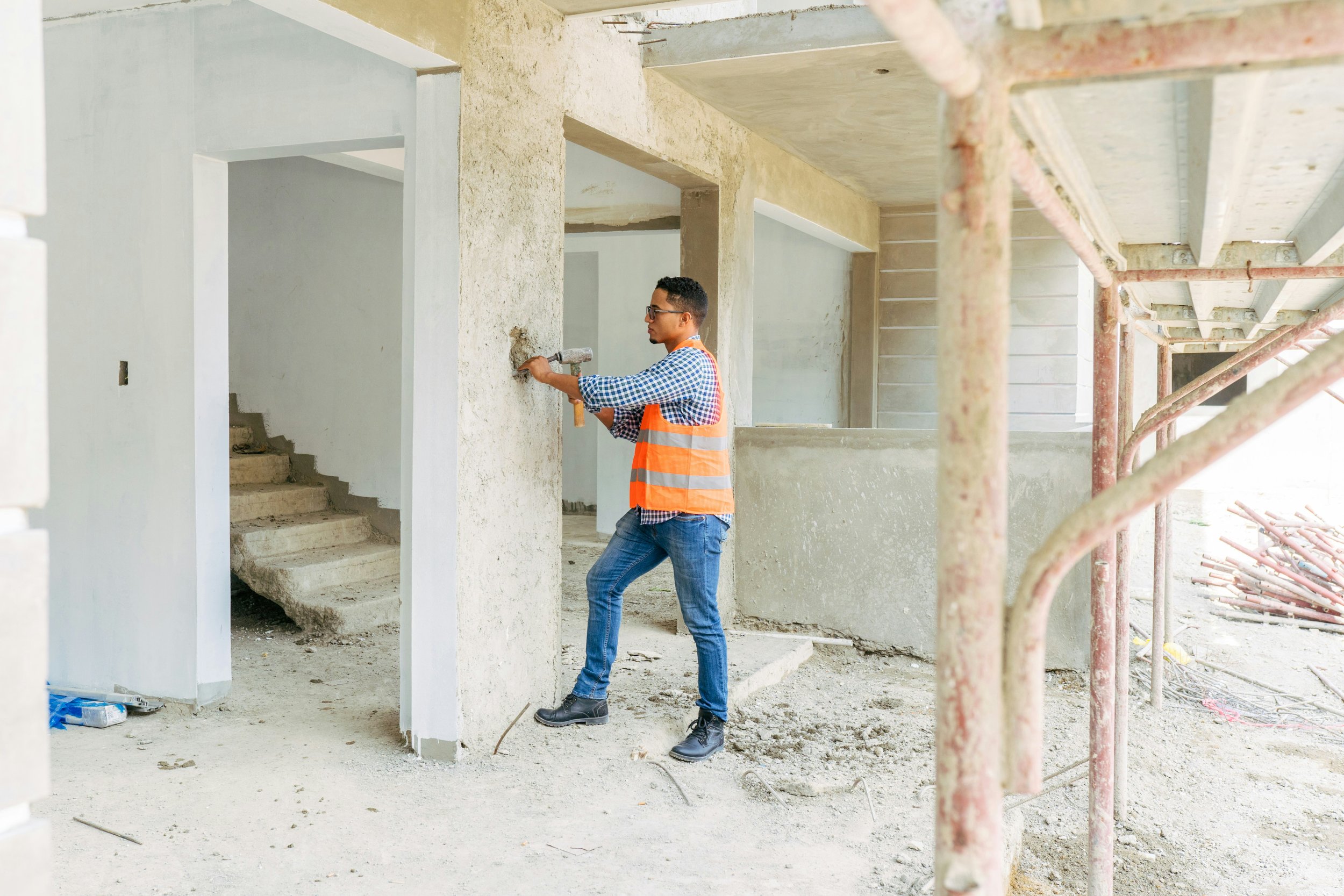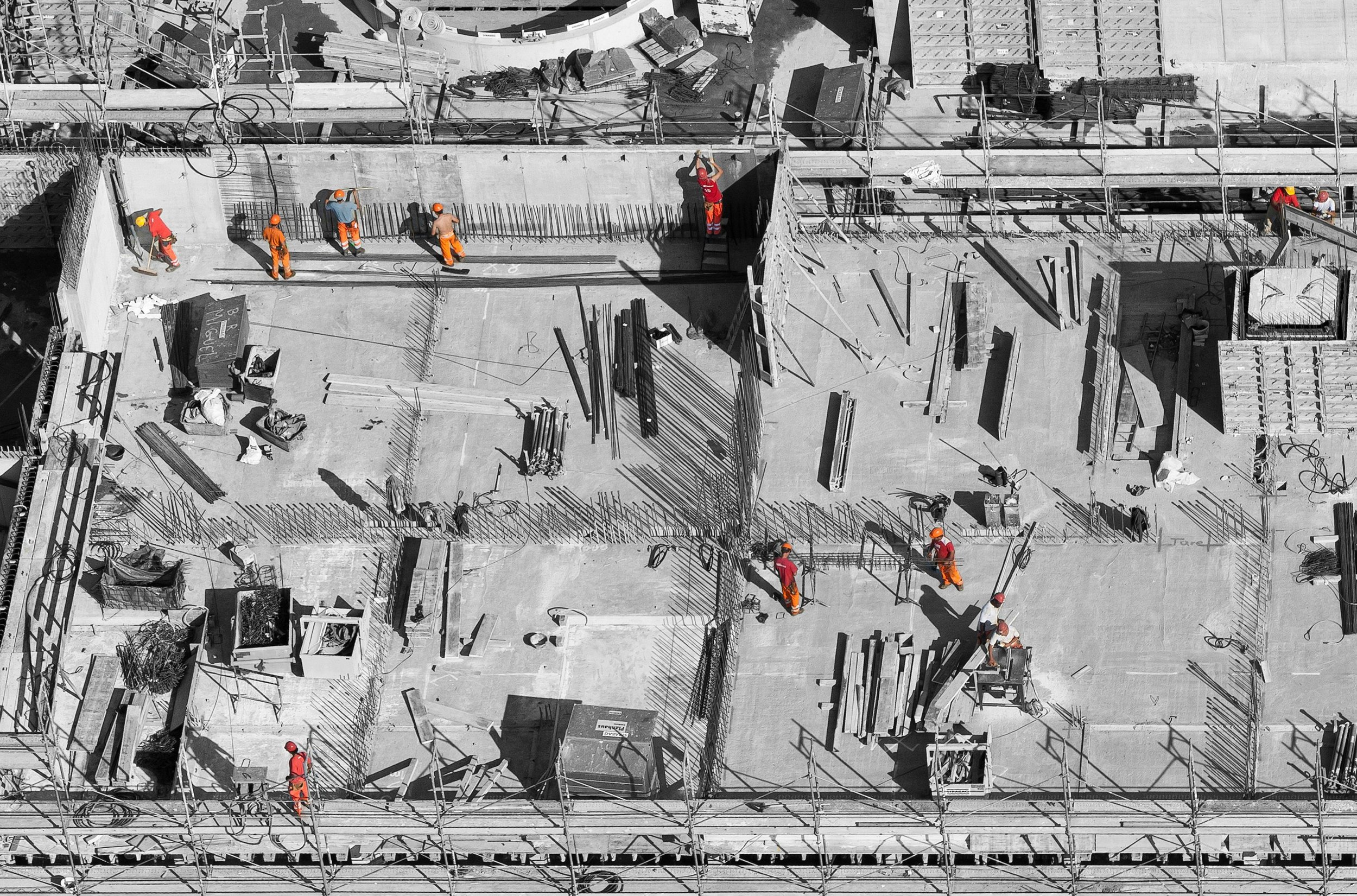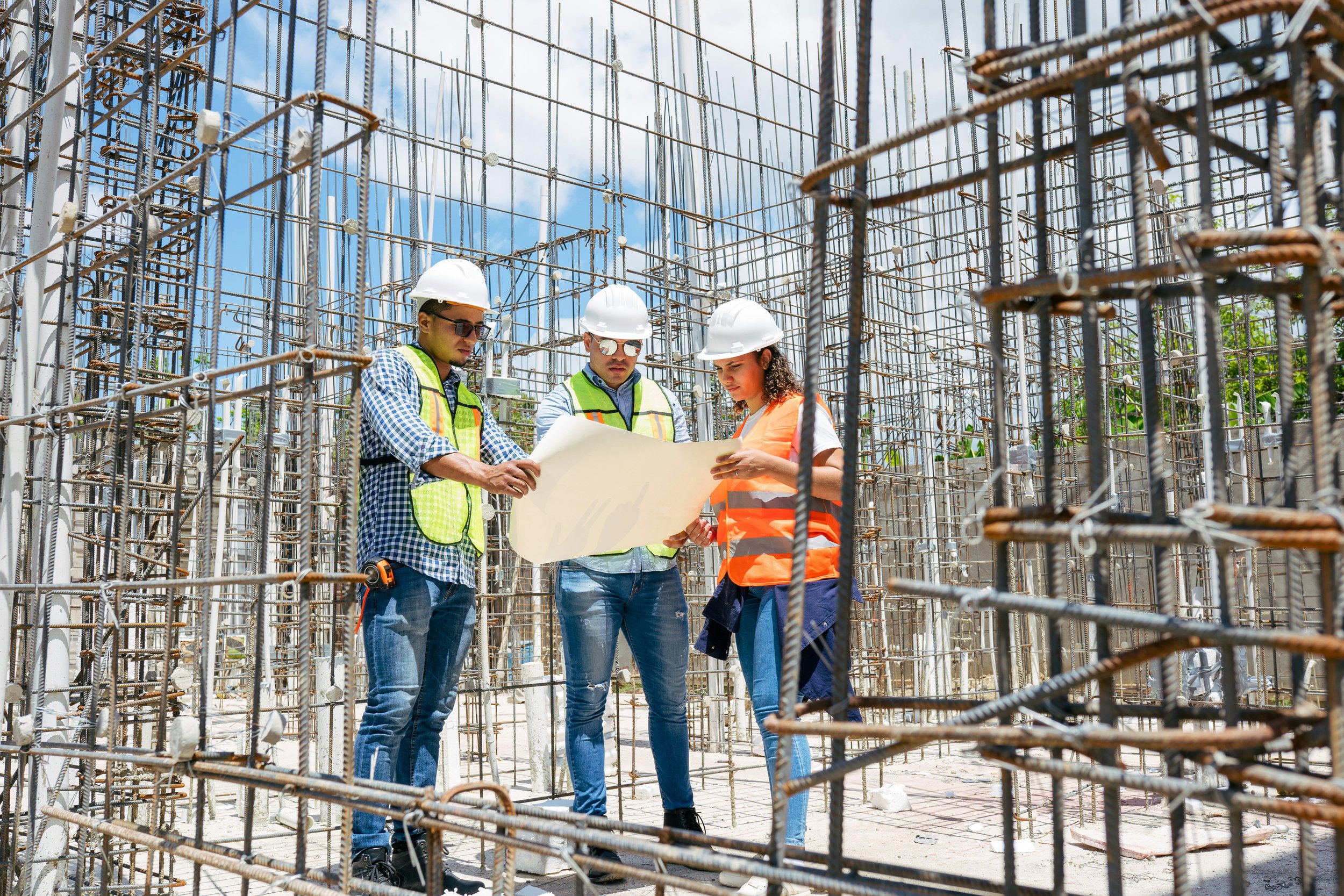Benefits Of Constructing An Easy Maintenance Hospital Building In Your Community
Explore the benefits of constructing an easy-maintenance hospital building in your community, from cost efficiency to improved healthcare accessibility.
Having a hospital in a community is crucial to offer healthcare facilities to the people living nearby. However, one of the biggest reasons why people avoid going to community hospitals is the lack of hygiene practices. Community hospitals are dirty because they lack proper funding and, sometimes, motivation to keep it up with the industrial standards.
Building a hospital with minimum maintenance requirements can make it easier for the limited staff to offer a safe place for patients and health practitioners alike. Here are the ultimate benefits of low-maintenance hospital buildings in a small community.
1. Low Operational Costs
Using low-maintenance construction materials in building a community hospital offers great benefits for overall operational costs later on. Some of the construction material is easy to clean and does not foster germ growth. Therefore, a single wipe of a surface cleaner can kill most of the germs.
Moreover, using high-quality high-density fibre cement solutions for the hospital facade can reduce the need for everyday cleaning that cosmetic designs require, for instance a glass facade can be high-maintenance as compared to cemented panels.
2. Improved Safety For Patients And Healthcare Staff
A hospital designed for easy maintenance inherently promotes a safer environment for both patients and staff. Using non-porous surfaces and antimicrobial materials in high-traffic areas minimizes the risk of infection and contamination. Easy-to-clean spaces reduce the time and effort needed to maintain hygienic conditions, crucial in a healthcare setting where infection control is paramount.
Similarly, an easy-maintenance flat roof can offer comfort for the building managers to maintain the roof and install HVAC systems for improved indoor air quality and environment..
3. Increased Environmental Sustainability
Constructing an easy-maintenance hospital often involves the use of sustainable building practices and materials, contributing to environmental conservation. Features such as energy-efficient lighting, water-saving fixtures, and high-performance insulation reduce the hospital’s carbon footprint.
Green building certifications, such as LEED (Leadership in Energy and Environmental Design), are a powerful way for hospitals to demonstrate environmental responsibility while improving operational efficiency. These certifications recognize sustainable practices like energy-efficient systems, water conservation measures, and the use of eco-friendly materials, which reduce the hospital’s environmental footprint. Achieving LEED certification not only benefits the environment but also enhances the hospital’s reputation, appealing to patients, staff, and stakeholders who value sustainability. It fosters a sense of pride and community engagement, showing a commitment to health beyond patient care. Additionally, sustainable designs often result in long-term cost savings, creating a win-win scenario for the environment, the institution, and the people it serves.
4. Enhanced Longevity And Resilience
A hospital built with easy maintenance in mind is an investment in longevity and efficiency. Durable materials, such as high-quality flooring, wall finishes, and fixtures, are chosen to withstand heavy use and frequent cleaning, ensuring the facility remains both functional and visually appealing over time. Thoughtful construction techniques, including modular designs and easily accessible infrastructure, simplify repairs and upgrades, minimizing disruption to daily operations. These design choices not only reduce long-term maintenance costs but also maintain a clean, professional appearance that reassures patients and staff. By prioritizing durability and ease of upkeep, hospitals can focus more resources on patient care, ensuring a safe, welcoming, and efficient environment for years to come.
This resilience is particularly important in a healthcare setting where continuous operation is critical. The hospital can better withstand wear and tear from daily use and adverse weather conditions, reducing the frequency and cost of major renovations. This long-term durability ensures that the hospital remains a valuable asset to the community for decades.
5. Better Patient Experience
A well-maintained hospital environment plays a crucial role in enhancing the overall patient experience. Cleanliness is paramount, as it not only reduces the risk of infections but also reassures patients and their families about the quality of care. Well-lit spaces provide a sense of safety and comfort, while a comfortable setting fosters relaxation, promoting a calming atmosphere. Thoughtful maintenance, including organized common areas and soothing aesthetics, can positively influence patient satisfaction and even contribute to better health outcomes. When hospitals prioritize upkeep and ambiance, they create an environment conducive to healing, helping patients feel valued and supported during their stay. Ultimately, a well-cared-for facility reflects the institution’s commitment to excellence in both care and patient well-being.
Efficient maintenance practices mean that patients are less likely to encounter inconveniences such as broken fixtures or inadequate facilities. A positive patient experience can lead to higher patient satisfaction scores, encouraging more community members to choose the local hospital for their healthcare needs.
Stay up to date with our latest ideas!
Exclusive deals just for our readers! Click below to unlock special offers and elevate your shopping experience!


